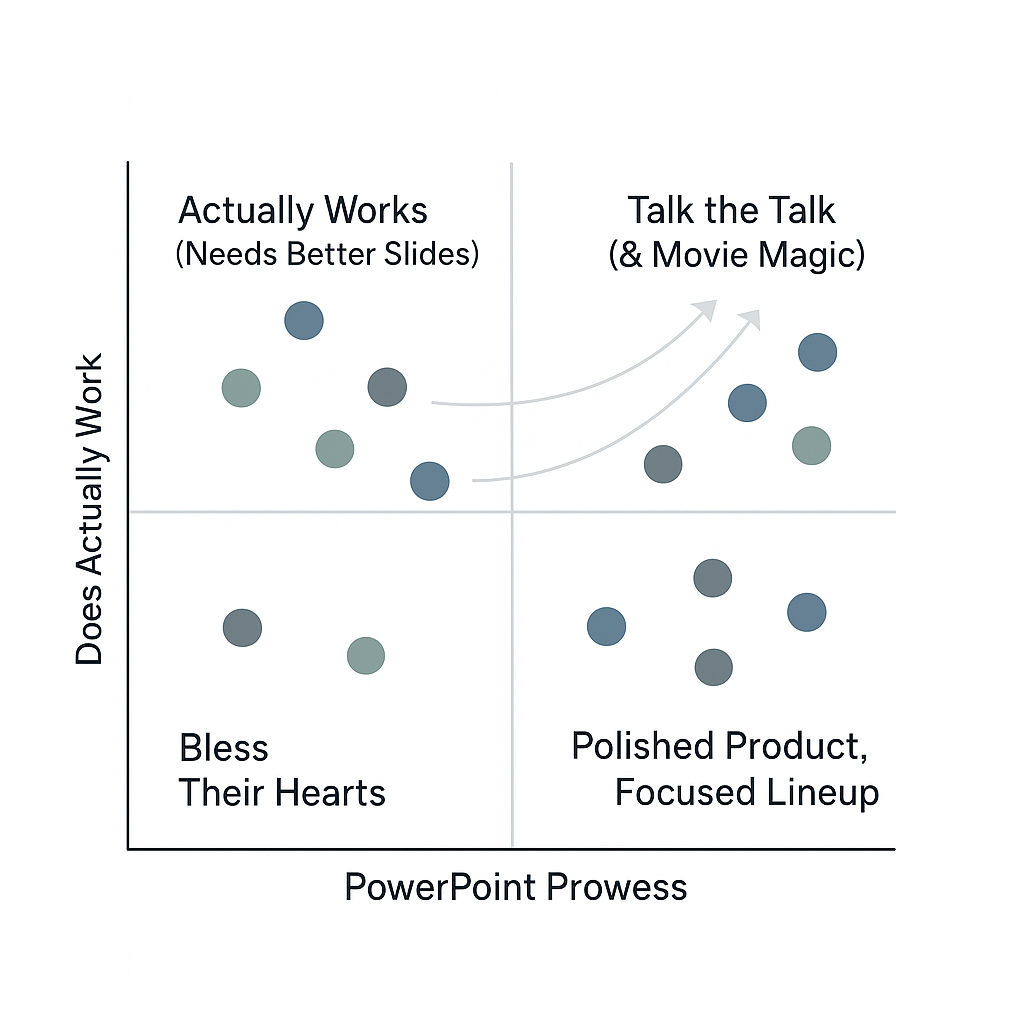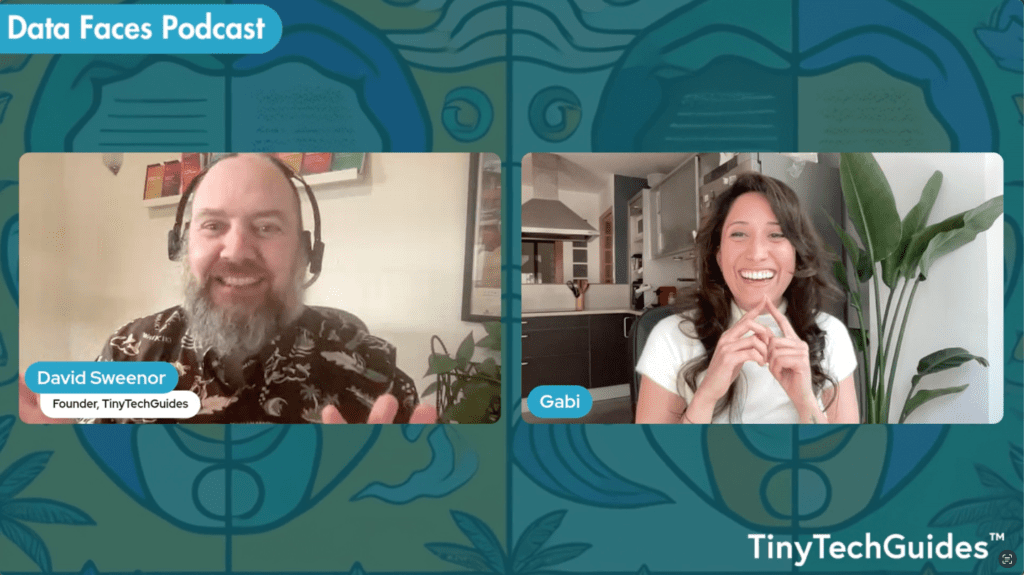
Note: this first appeared on prompts.tinytechguides.com, sign up to be the first to know.
In the B2B world, PMMs are constantly asked to wear many hats and do more with less. So, it should come as no surprise that many PMMs use generative AI in their daily workflows. What is a surprise, however, is that many are still using very basic prompts, which leaves too much on the table. With just a little extra effort, the proper prompt can 10x your productivity and impact.
Prompt engineering for PMMs is the art and science discipline of crafting explicit instructions to direct generative AI models to create the desired output–whether it be discovering market trends, adapting messaging to specific personas, or researching your competitors.
Now, prompts are a dime a dozen, but we need to start somewhere. Most of the prompt best practices I’ve seen polluting Medium, LinkedIn, and Substack are elementary in nature. When ChatGPT first came to light, we tried prompts like “Write a blog about data security.” Snooze. Now, the best-practice detritus on the internet has evolved to “You are a CISO at a Fortune 500 financial services company. What are the top data security concerns?” Yawn.
My goal is to provide a structured approach to writing great prompts. I don’t claim to be an expert, but who is these days? But, I will say that I have used these prompts in my day-to-day work and they’re quite effective. In fact, it’s more than 10x-ed my productivity and impactfulness.
Additionally, this guide is informed by the latest research in the field, including the insightful “Prompt Canvas” framework proposed by Hewing and Leinhos (2024).[1] Their work emphasizes the importance of structured prompts and provides a valuable tool for considering all aspects of prompt design.
Why Prompt Engineering Matters
Getting good results begins with clear instructions. Fundamentally, prompts are an instruction manual for the LLM to follow. If you’ve ever put furniture together from IKEA or another store, it’s pretty analogous. They provide a detailed set of directions that tell you exactly what to do, and in what sequence to do it. When putting together that new IKEA desk, if all goes well and you follow the instructions, you’ll only have a few nuts and bolts left over.
A hastily written prompt often produces subpar, irrelevant, or overly generic outputs. Conversely, a well-structured prompt can:
- Save time: Reduce back-and-forth revisions and get the desired output faster.
- Improve accuracy: Guide the AI to produce content that aligns with your specific needs, style, and length.
- Improve adaptability: Craft prompts that work seamlessly across different AI models.
Investing time in writing effective prompts translates to better results, smoother workflows, and a greater return on your AI investment.
Core Principles of Effective Prompting
Based on the prompt canvas approach mentioned above, to master the art of prompt engineering, keep these core principles in mind:
- Role & perspective: Assign a specific role to the AI to narrow its focus and generate more targeted responses.
- Context: Furnish the AI with relevant background information for contextually accurate responses.
- Task: Clearly state the objective (e.g., “Summarize this article”).
- Output: Specify the desired format (e.g., bullet points, paragraph).
- Tone: Indicate the desired style (e.g., formal, informal, persuasive).
- Clarity: Use clear and concise language to avoid ambiguity.
- Specificity: Provide detailed instructions, including desired format, length, and tone.
- Validation (optional): Provide validation steps to reduce hallucinations.
- Iteration: Don’t expect perfection on the first try. Refine your prompts based on initial outputs.
Prompt Design: Structure and Clarity
I’ll admit, this is a bit of a PITA when you first start writing good prompts. But bear with me; it’ll save you work in the long run. When you create prompts, use clear demarcations. There are two approaches I recommend: the first is an XML-style tag, and the other is a hashtag approach.
XML-style tags
XML style tags are essentially: <tag/> content </tag>.
For example,
<role>
[Specify the role or perspective the LLM should adopt. Example: "Data scientist," "SEO Expert."]
</role>
<context>
[Provide background information, requirements, or constraints relevant to the task. Include details like the industry, goals, or audience.]
</context>
<task>
[Clearly define the specific request. Include any steps or sub-tasks needed.]
</task>
<output>
[Describe the desired format of the response: "Provide a bullet list," "Create a table," "Write in paragraphs."]
</output>
<tone>
[Define the desired tone: "Technical," "Conversational," "Formal," "Persuasive."]
</tone>
<validation>
(Optional) [Specify how the output will be evaluated for success: "Should include 3-5 actionable points," "Ensure all legal constraints are addressed," "Include only verifiable data."]
</validation>Hashtags
Similar to the XML-style tags, hashtags are simply: # content #.
# CONTEXT #
As an expert PMM for [insert company], I am writing a thought leadership article for business leaders. I want to create a short blog post discussing a whitepaper.
# OBJECTIVE #
Create a short blog outline based on the attachments and URLs.
# STYLE #
As an industry consultant advising a CEO or other business leader.
# TONE #
Straightforward, professional
# AUDIENCE #
My readers are CIOs, CDAOs, CEOs, and practitioners in data, analytics, and AI. Tailor your post to target what this audience looks for in executive advice.
# RESPONSE #
Create a blog outline based on the attachments.Summary
Alright, I hope this is helpful.
Pro Tip:
Write down your prompts and save them—every one. Create your own personal prompt library. You’ll thank me later.
As you begin writing your prompts, please take inspiration from the “Prompt Canvas” framework. Be specific in your ask and use XML-style tags or hashtags.
By following these best practices, PMMs can significantly improve their productivity and the quality of AI-generated content.
Call to Action (CTA):
Ready to unlock the full potential of AI in your B2B marketing efforts? Start implementing these prompt engineering techniques today and experience the difference! Share your experiences and successful prompt examples in the comments below – let’s learn and grow together.
Please like, follow, and subscribe to my new substack. If you find it useful, tell your friends.
Do you have a question or specific prompt you’d like to share or help with? Let me know.
[1] Hewing, Michael, and Vincent Leinhos. “The Prompt Canvas: A Literature-Based Practitioner Guide for Creating Effective Prompts in Large Language Models.” arXiv, 6 Dec. 2024, https://arxiv.org/abs/2412.05127v1.



